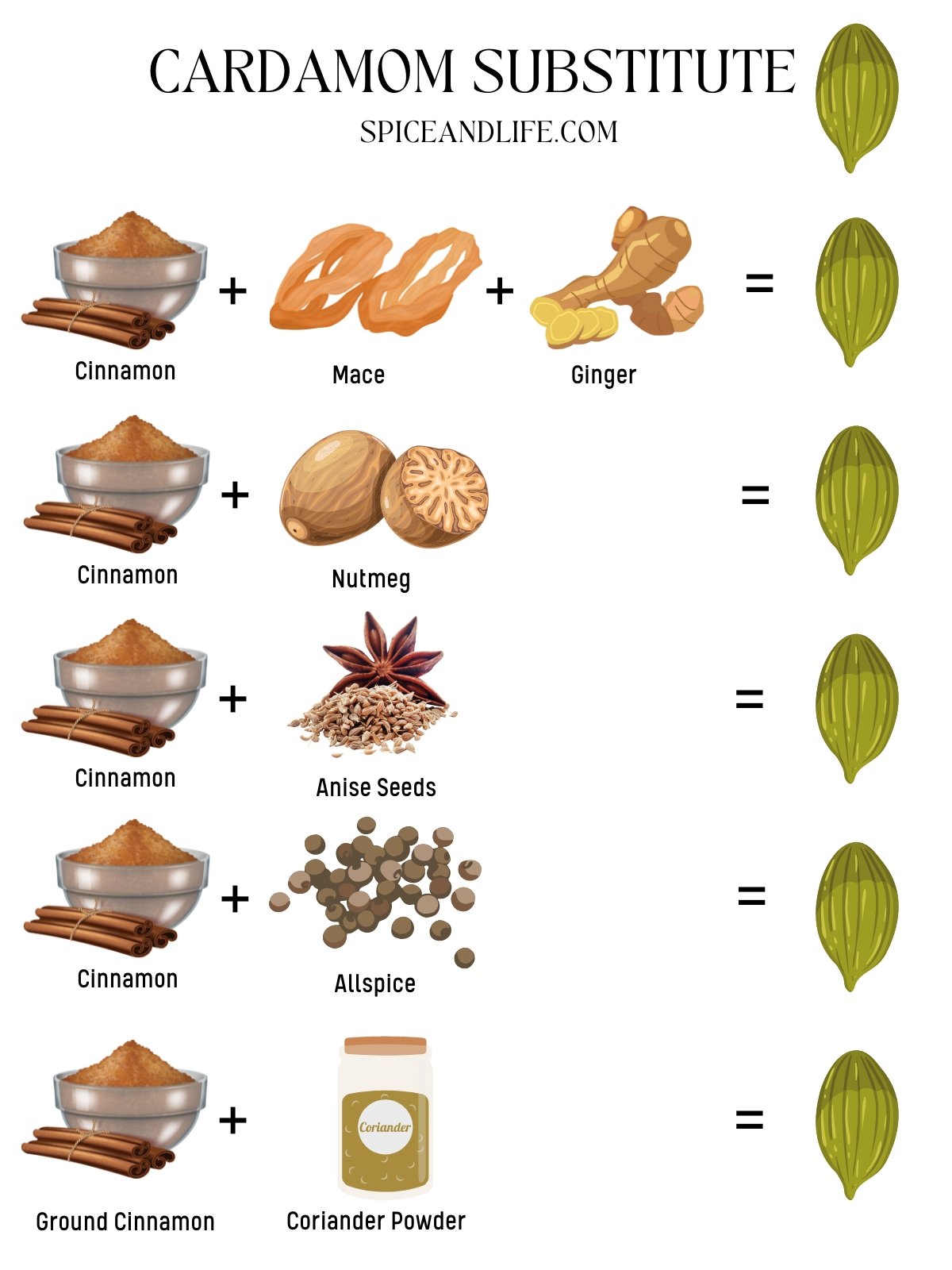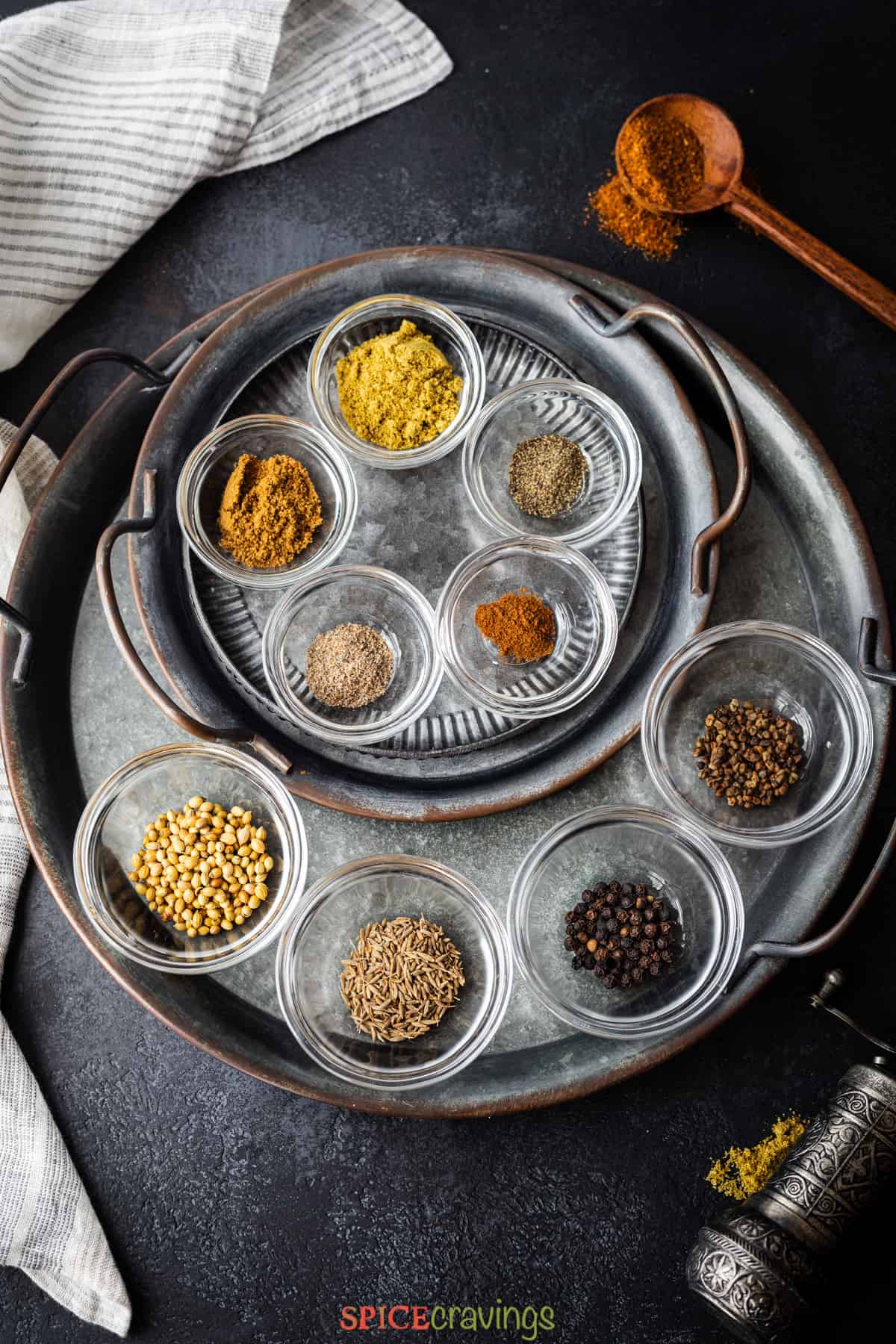Delicious Alternatives: The Perfect Substitute for Cardamom
1. Ground cardamom has a shorter shelf life compared to whole pods.
2. For garam masala spice mix, a combination of cumin and allspice berries can be used as a substitute.
3. For chai, ginger, black pepper, cinnamon, and allspice can be used instead of cardamom.
4. In curry, an equal mixture of cumin and coriander can be used as a substitute for cardamom.
5. Common alternatives for cardamom in baking include cinnamon, nutmeg, allspice, cloves, and ginger.
6. A mixture of cinnamon and nutmeg or cinnamon and ginger can be used in sweet meat dishes and baked desserts.
7. Cinnamon and clove are suitable for meat and seafood dishes.
8. Cumin and coriander are recommended for flavoring meat and curries.
9. Nutmeg and cloves are best for rice, meat, and savory recipes.
10. Some flavors similar to cardamom include nutmeg, cinnamon, coriander seeds, and allspice.
11. When buying cardamom, look for pods that are olive or green in color and plump.
12. Black cardamom has a smoky and strong flavor, suitable for savory recipes.
13. Cardamom is sometimes bleached and sold as white cardamom to prevent color change in baked goods.
14. Coriander seeds can be used as a substitute for cardamom in recipes.
15. Start with a small number of coriander seeds and increase as needed as a substitute for cardamom.
16. Substitute spice blends for garam masala, chai, curry, and baking recipes can be used as alternatives for cardamom.
17. Cinnamon is the best substitute for cardamom in baking.
18. A blend of cinnamon, nutmeg, and cloves can provide a more complex flavor in baking.
19. Other single spices that can be substituted for cardamom include cloves, coriander, ginger, and peppercorns.
20. Mixtures like cinnamon and nutmeg, cinnamon and ginger, and cinnamon and clove can also be used as substitutes for cardamom in baking.
21. Use less of these substitutes compared to the amount of cardamom called for in a recipe, as they have strong flavors.


